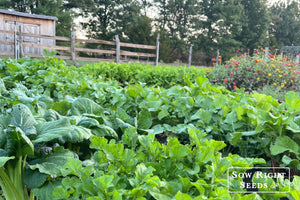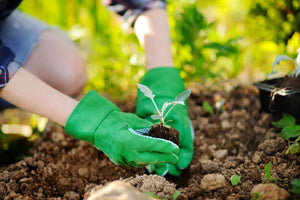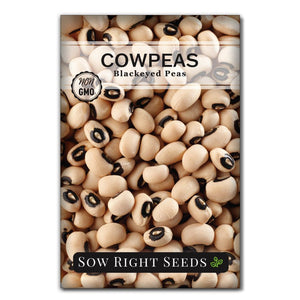Thankful for the Harvest: What to Plant and Do in Your November Garden
In cooler zones, the last leaves are falling, and the focus shifts to cleaning, mulching, and preparing the soil for spring. In warmer regions, gardeners can enjoy another round of planting cool-season vegetables and flowers. Whether you’re wrapping up the season or planting fresh starts, November is the perfect bridge between the growing season and a season of rest.

For us, November is a season of thanks. We’re grateful for all that our garden provided for us and the community organizations that accepted our food donations. At this time of year, we’re able to focus on the harvest and reap what we sowed, both in the garden and our business.

November Garden Tasks for Cool Climates
Here in the cooler growing zone, our garden is slowing down. With a hoop house, hydroponics, and microgreens, we can still enjoy fresh greens, but the abundance has slowed.
By November, we’ve usually had at least one night of frost. There is definitely a chill in the air. Even if it’s still warm, the shorter days signal the plants to go into dormancy.
Planning & Prepping
Clean up garden beds. Remove dead plants, spent vines, and debris to prevent overwintering pests and diseases.
Add compost or manure. Spread a final layer of compost or well-rotted manure on empty beds to feed the soil over winter.
Mulch perennials. Protect strawberries, garlic, and other perennials with straw or leaf mulch once the ground begins to freeze.
Sharpen and oil garden tools. A little maintenance now ensures they’re ready for spring planting.
Review your garden journal. Make notes on what grew well, what didn’t, and what you want to try next year.
Planting
Plant garlic and spring-flowering bulbs before the ground freezes.
Start an indoor herb garden. November is the perfect month to grow basil, chives, parsley, or thyme indoors under grow lights.
Sow cover crops such as winter rye or crimson clover to protect the soil and add nutrients.
Garden Maintenance
Rake and compost leaves. Use them as mulch or add to the compost pile for next year’s garden gold.
Drain and store hoses. Prevent freezing damage by emptying hoses and storing them indoors.
Clean garden containers. Scrub pots and trays to prevent disease from carrying over.
Protect tender perennials. Move potted plants indoors or insulate with straw and burlap.
Set up bird feeders. Birds help control overwintering insect eggs and add life to the quiet garden.
Harvesting
Finish harvesting root crops. Pull the last carrots, beets, and turnips before the ground freezes. You can also apply straw mulch to keep the ground warm enough to harvest later.
Gather herbs. Dry or freeze herbs like sage, thyme, and rosemary for winter cooking.
Collect seeds. Save seeds from heirloom flowers or vegetables for next spring.
Harvest and cure winter squash. Store them in a cool, dry place.
November Garden Tasks for Warmer Climates
Planning & Prepping
Plan your winter garden. November is a great time to plant hardy herbs, lettuce, peas, and other cool-season crops.
Add compost and organic matter. Enrich garden beds for your winter and early spring crops.
Inspect irrigation systems. Check drip lines and timers before winter rains begin.
Prepare frost cloths. Even in warm areas, a sudden cold snap can surprise you. Keep protection ready for tender plants.

Planting
Direct sow cool-season vegetables: spinach, kale, lettuce, mustard greens, beets, carrots, radishes, and turnips.
Transplant flowers like pansies, violas, calendula, snapdragons, and stock for cheerful winter color.
Plant trees, shrubs, and perennials. Cooler weather and moist soil make November ideal for root establishment.
Garden Maintenance
Weed regularly. Cooler temperatures slow growth, making weeds easier to control.
Deadhead flowers. Keep fall blooms like marigolds and zinnias going a little longer.
Monitor for pests. Aphids and caterpillars can thrive in mild fall weather.
Prune lightly. Trim herbs or perennials only to remove damaged growth. Save hard pruning for late winter.
Harvesting
November is a wonderful time to pause and appreciate all that your garden has given.
Every year, gardening teaches us patience, generosity, and gratitude with every seed we plant and harvest we share. We've loved it all, from the colorful bouquets to the jars of homemade tomato sauce.
While we’re putting our beds to sleep in the north, southern climates are nurturing new seedlings. For gardeners, there’s always a reason to be planning and growing.
Whether you’re cleaning up your beds or sowing new seeds for winter, take a moment to give thanks for all the ways your garden enriches your life.









Leave a comment